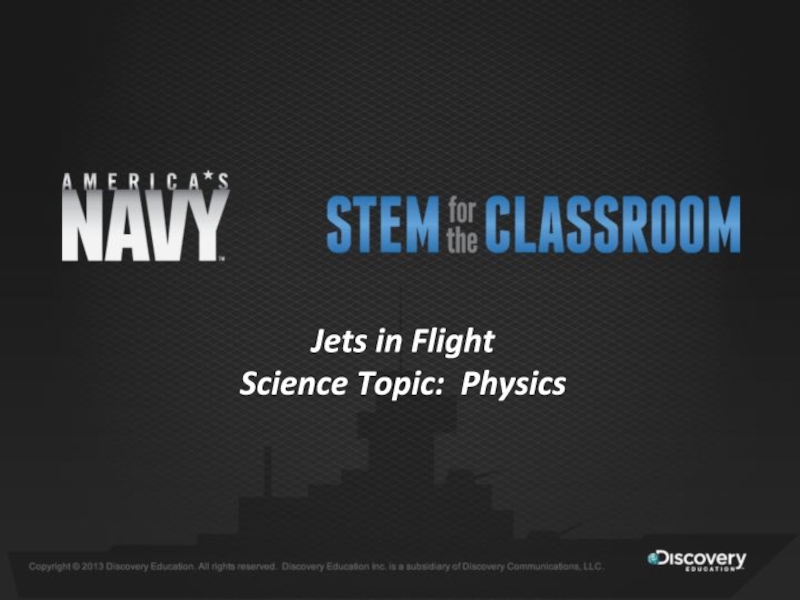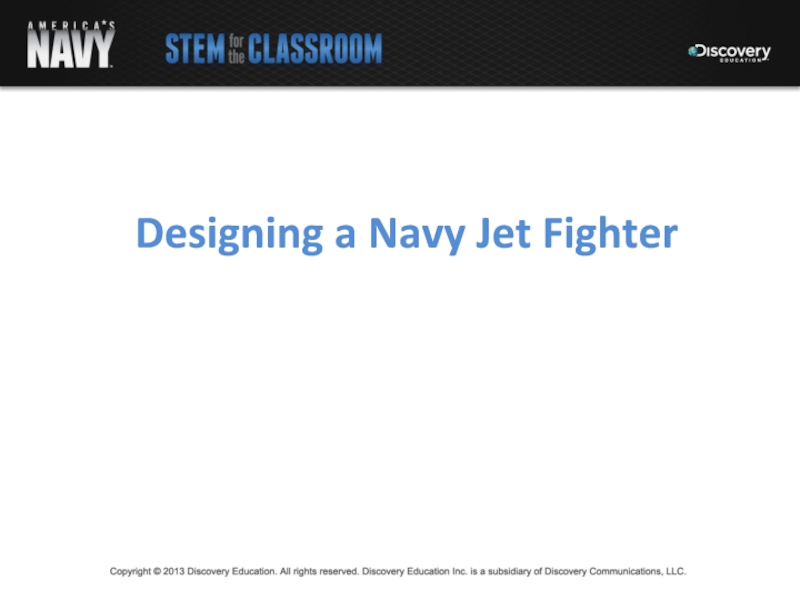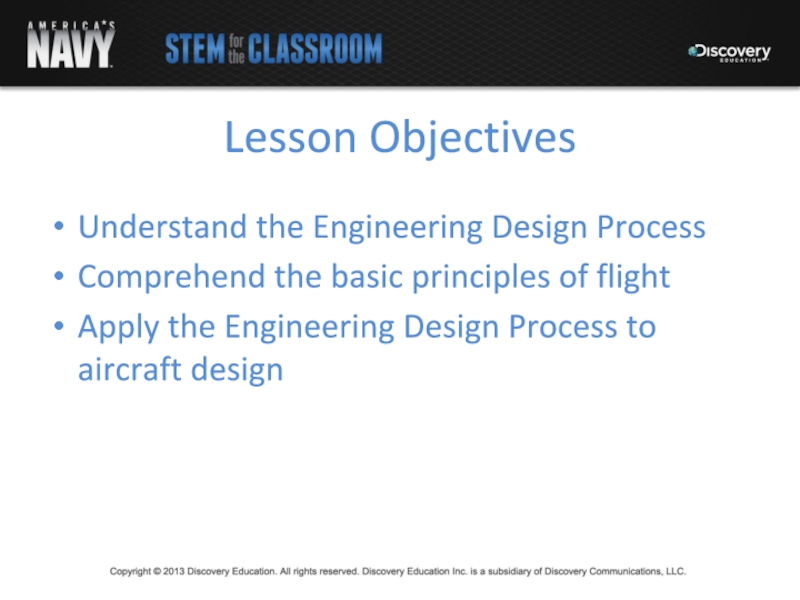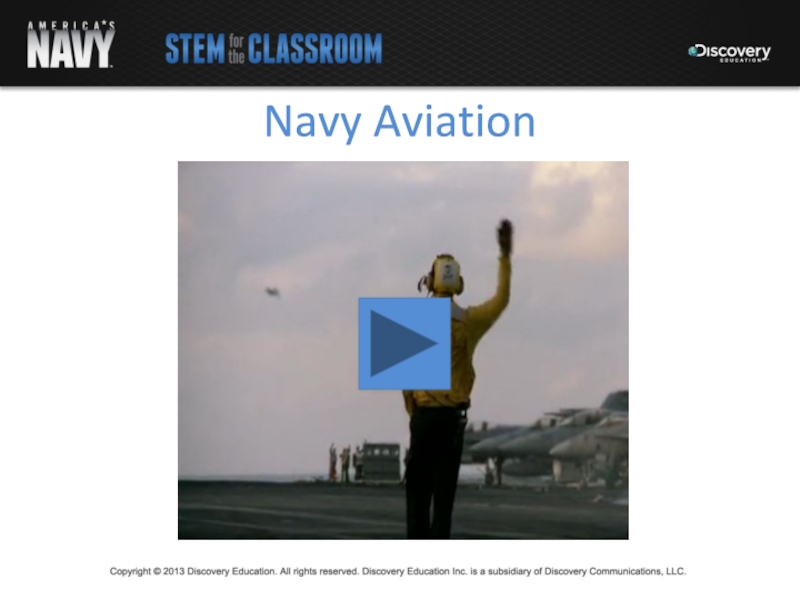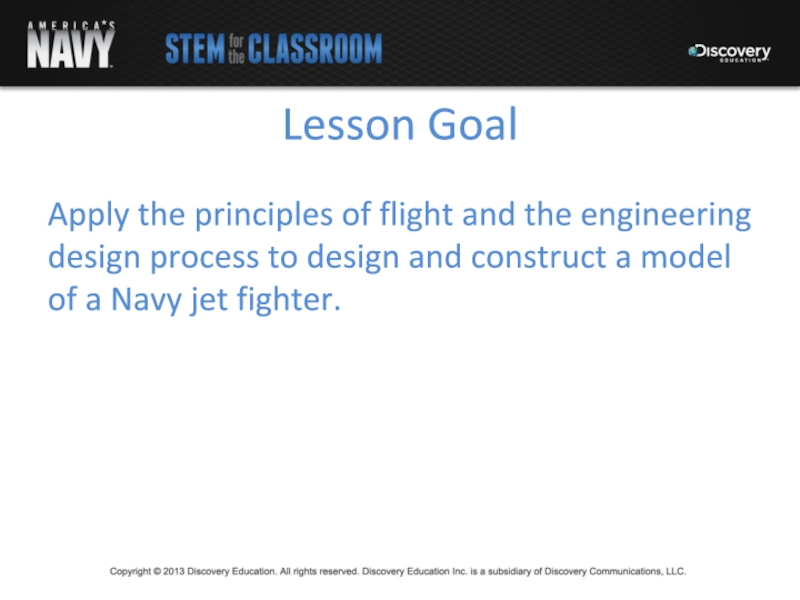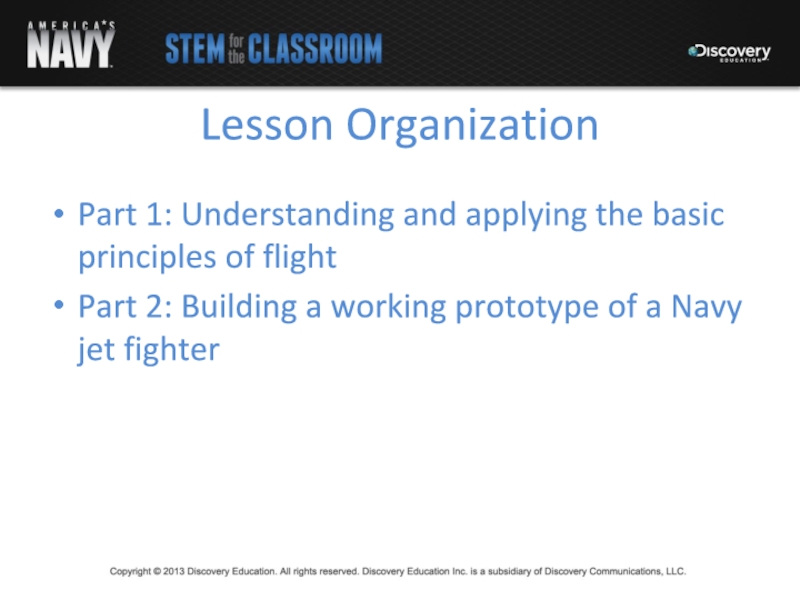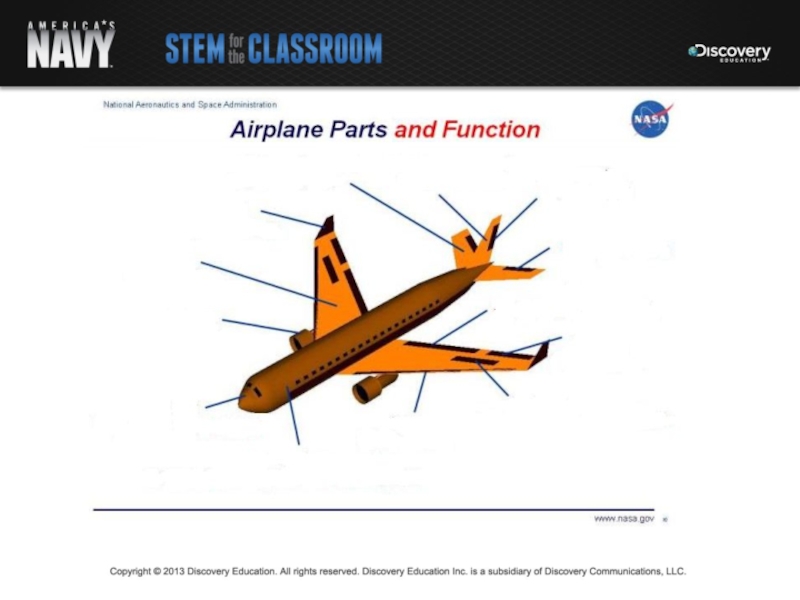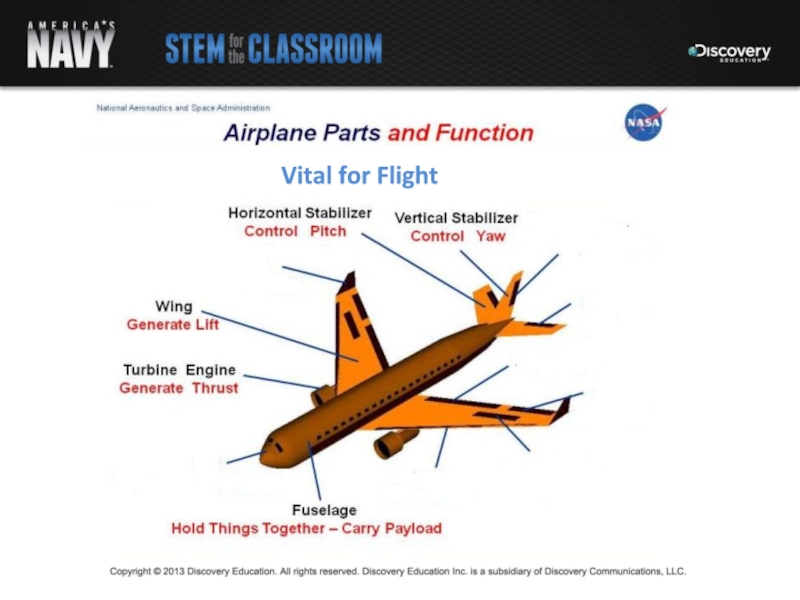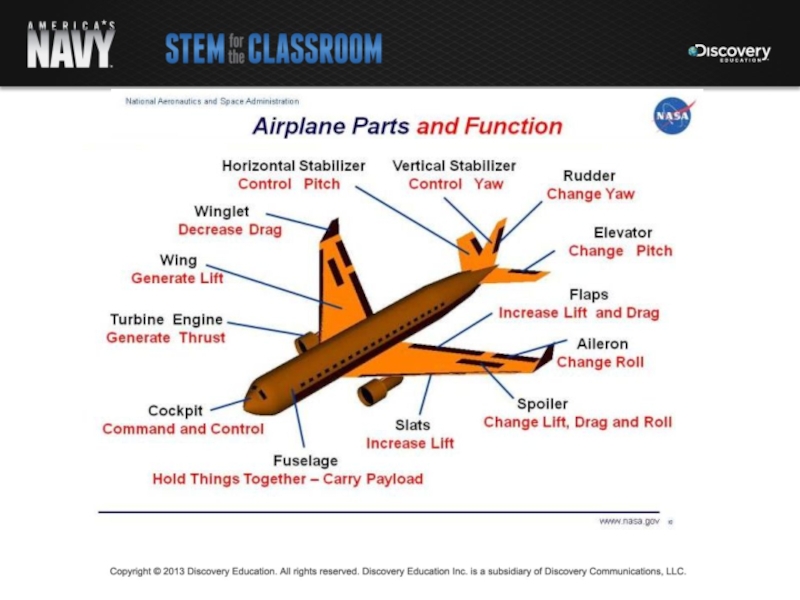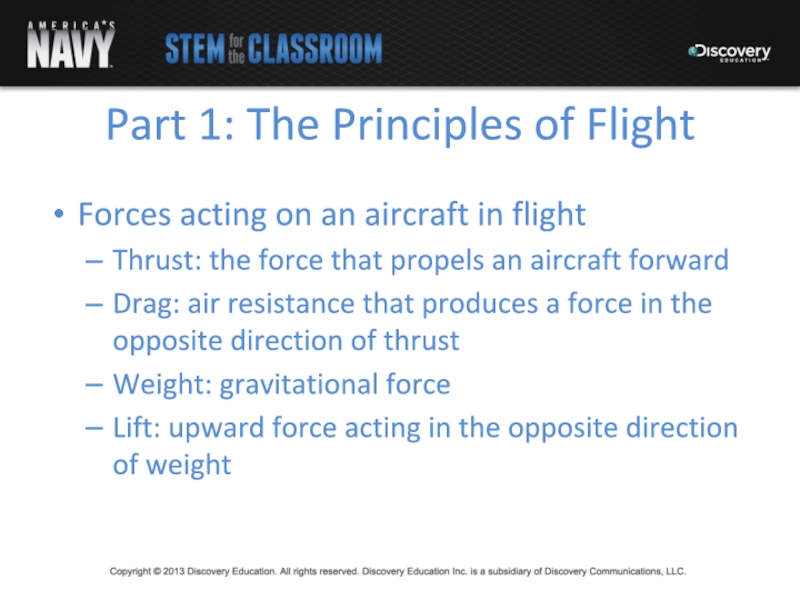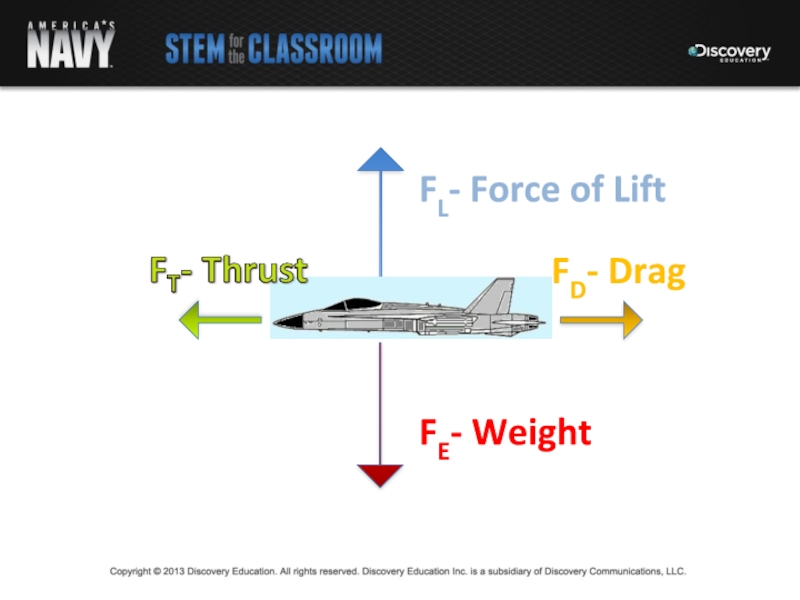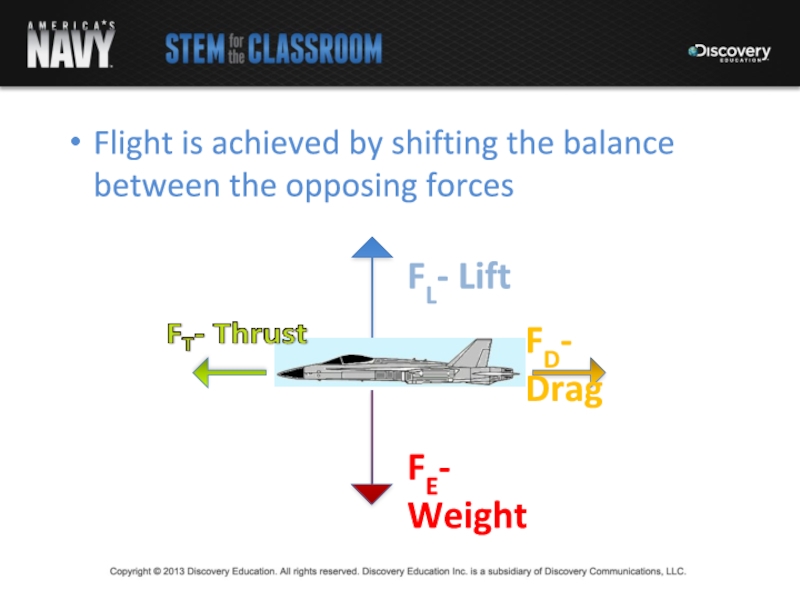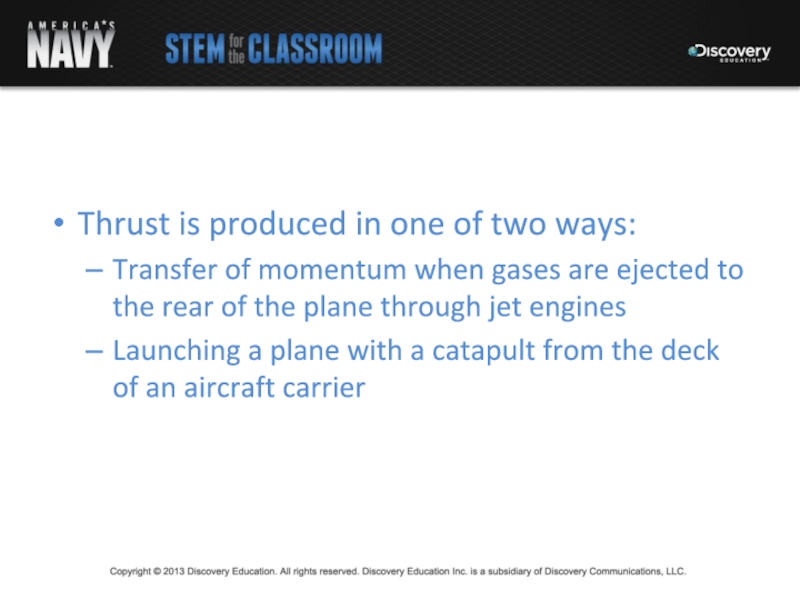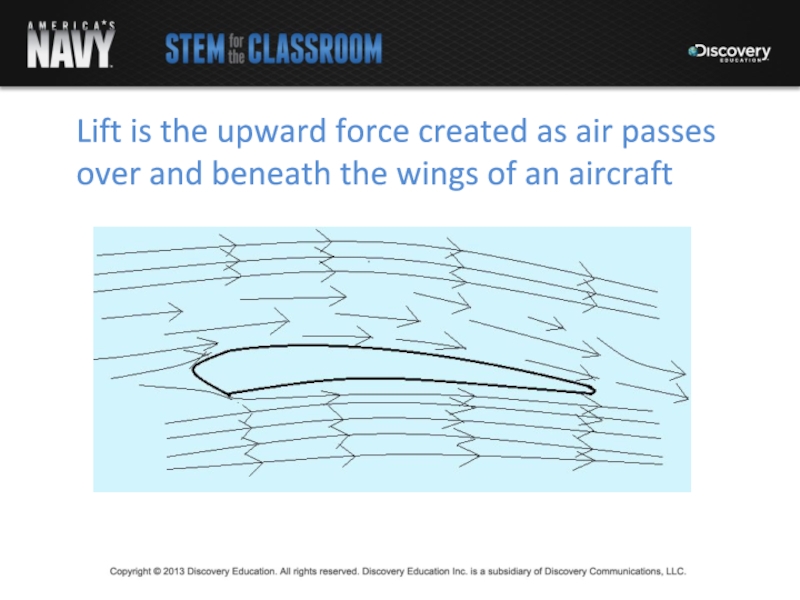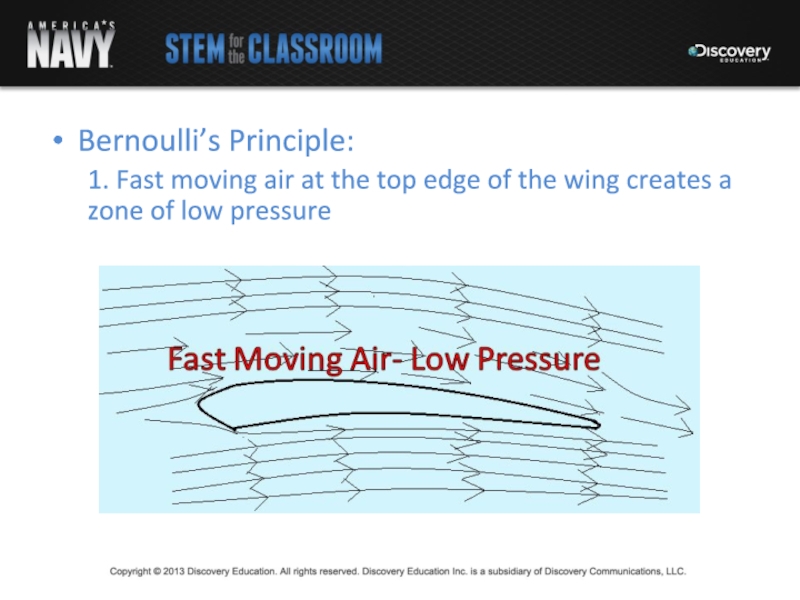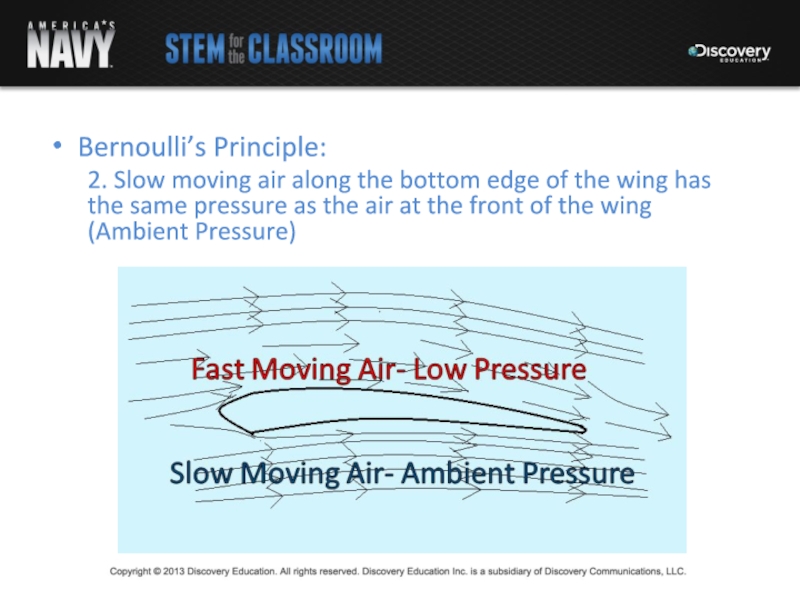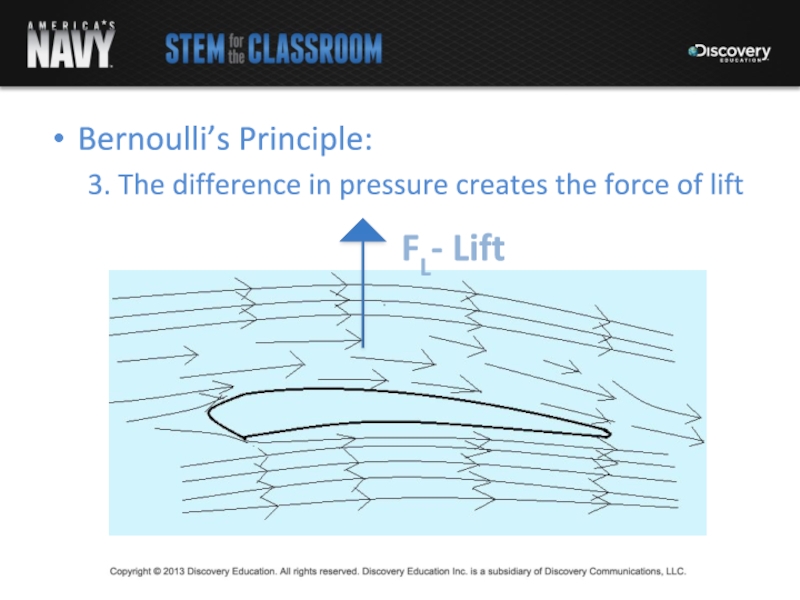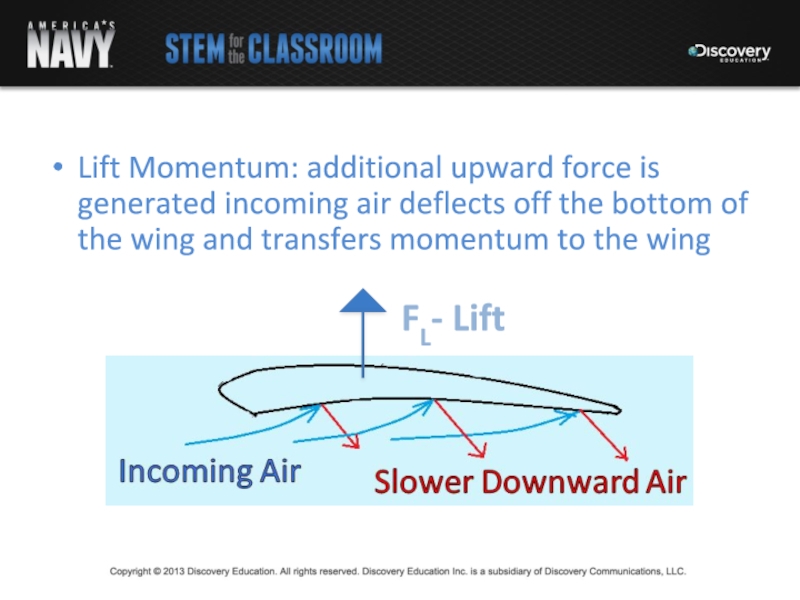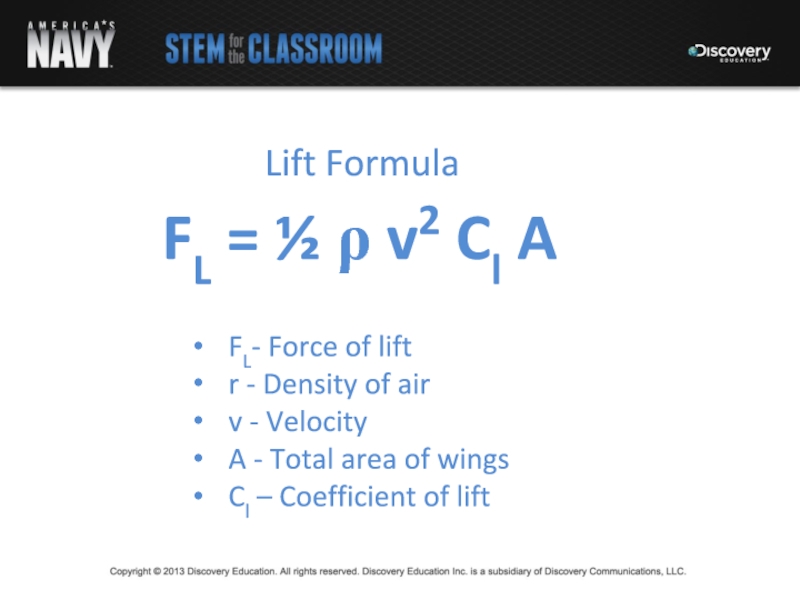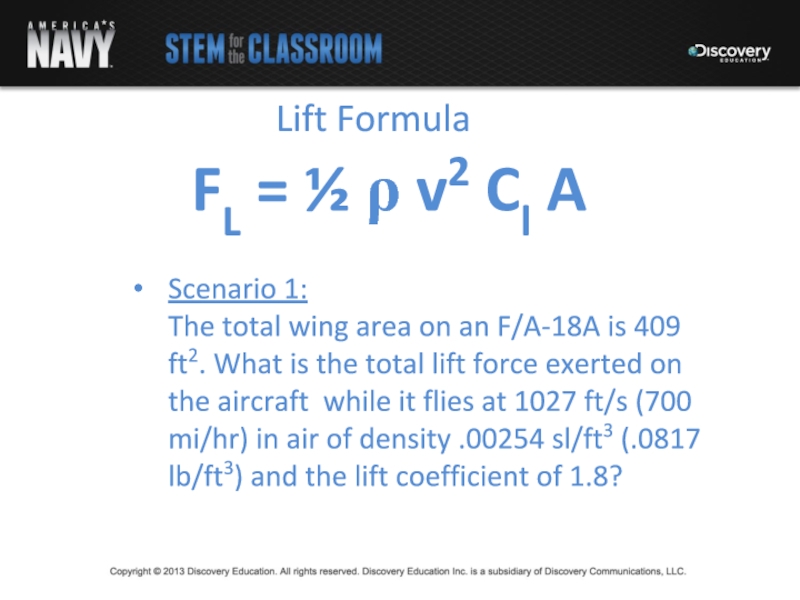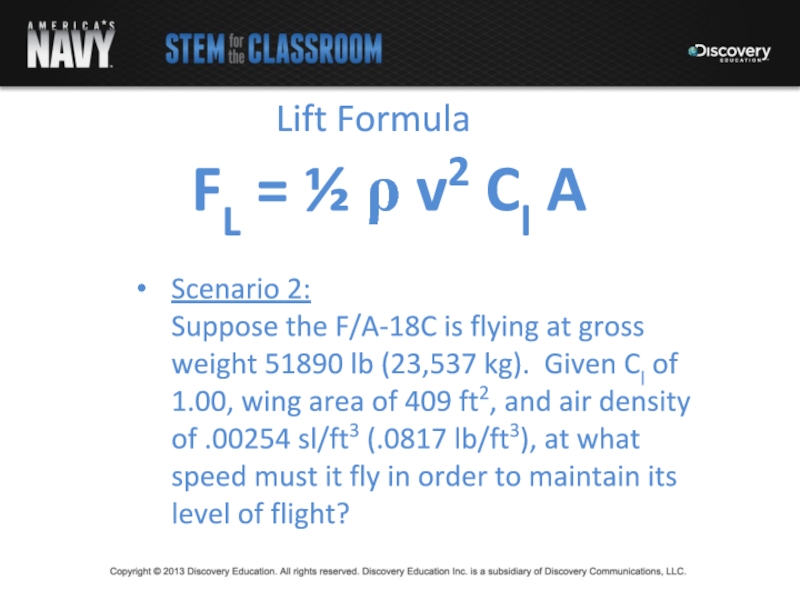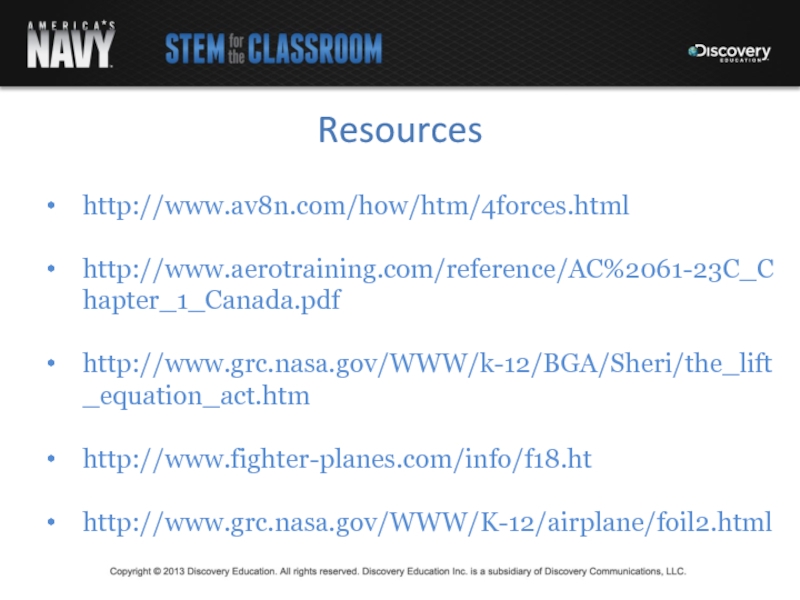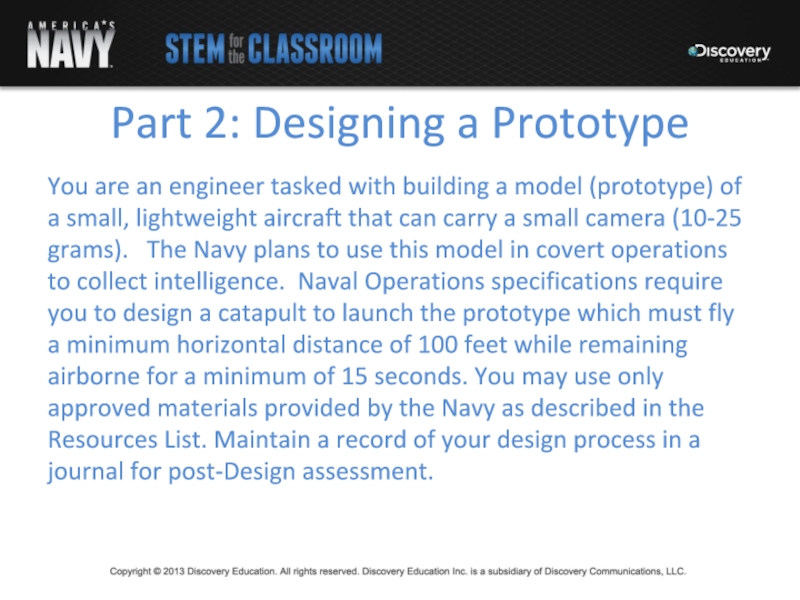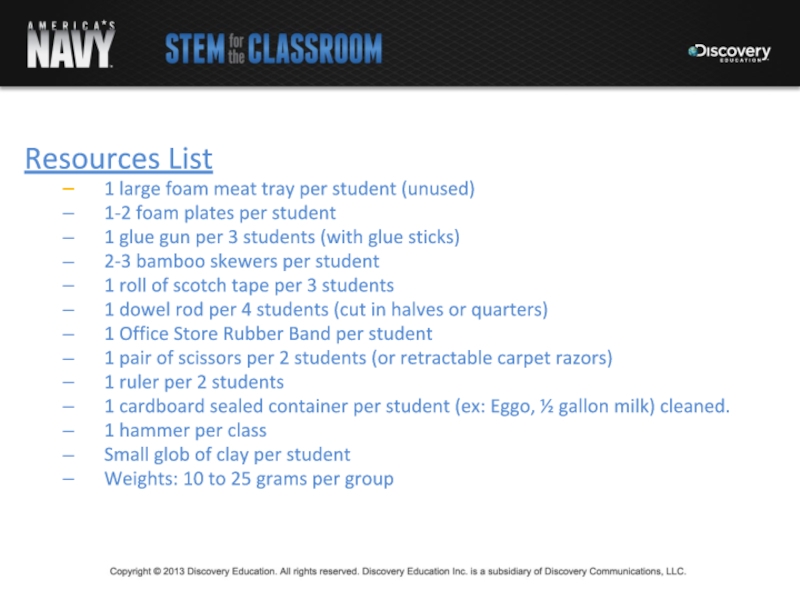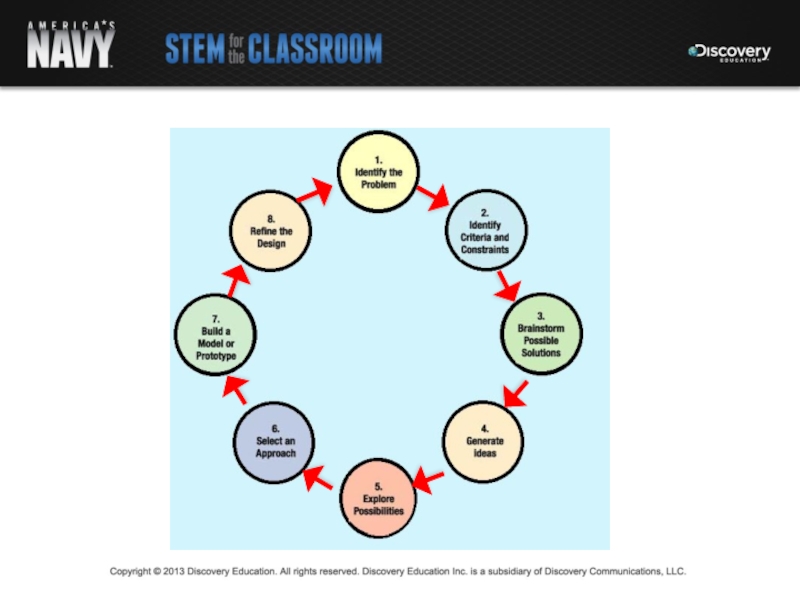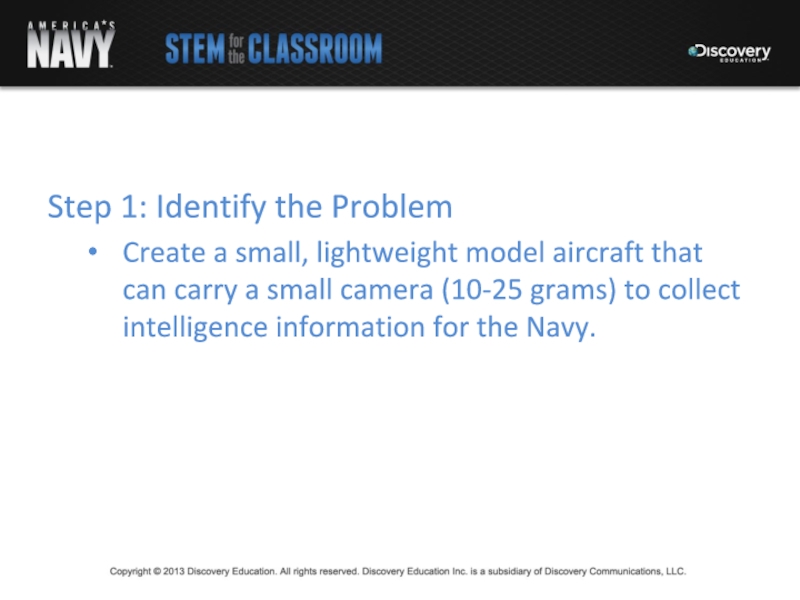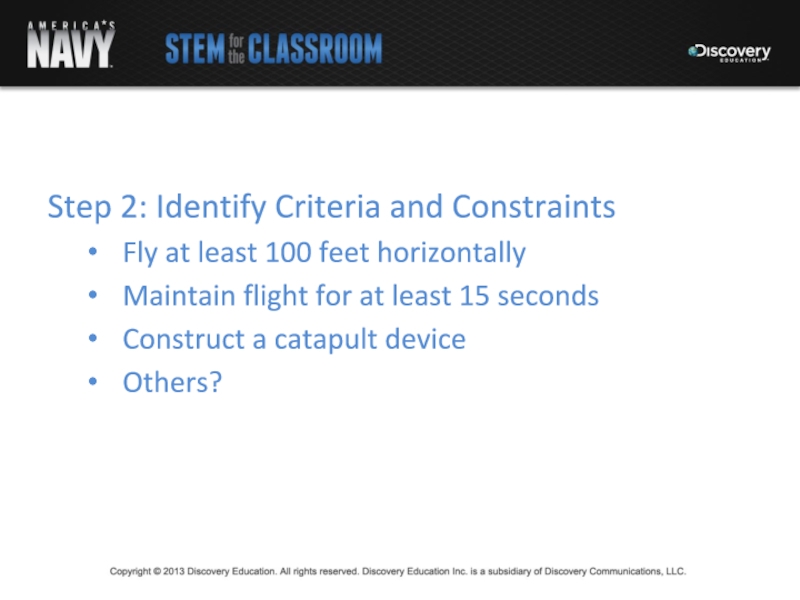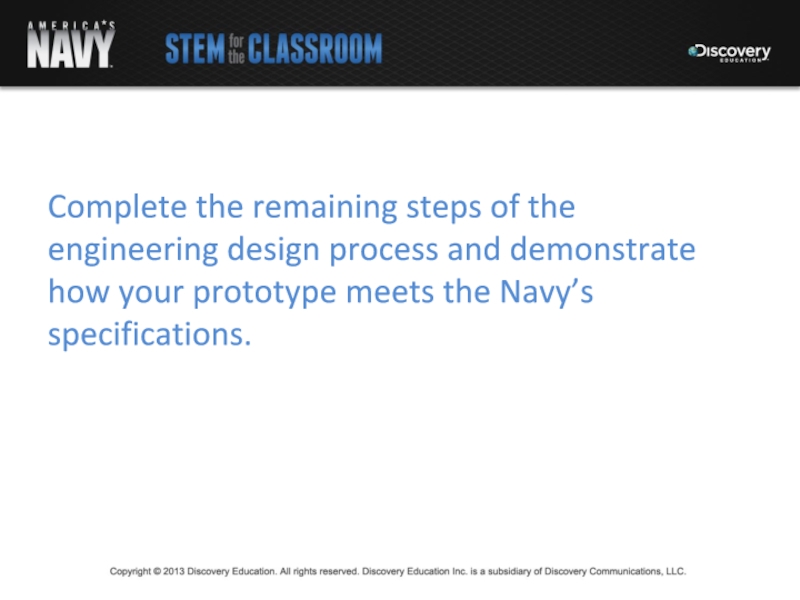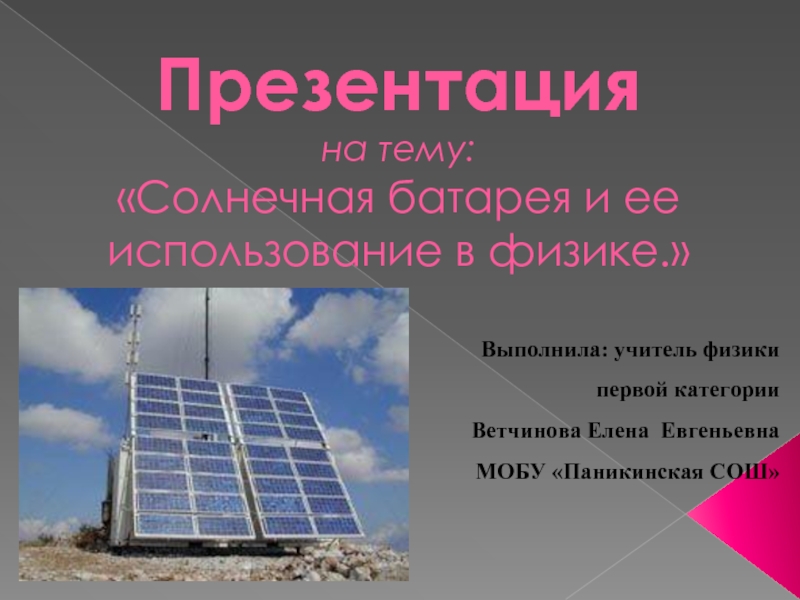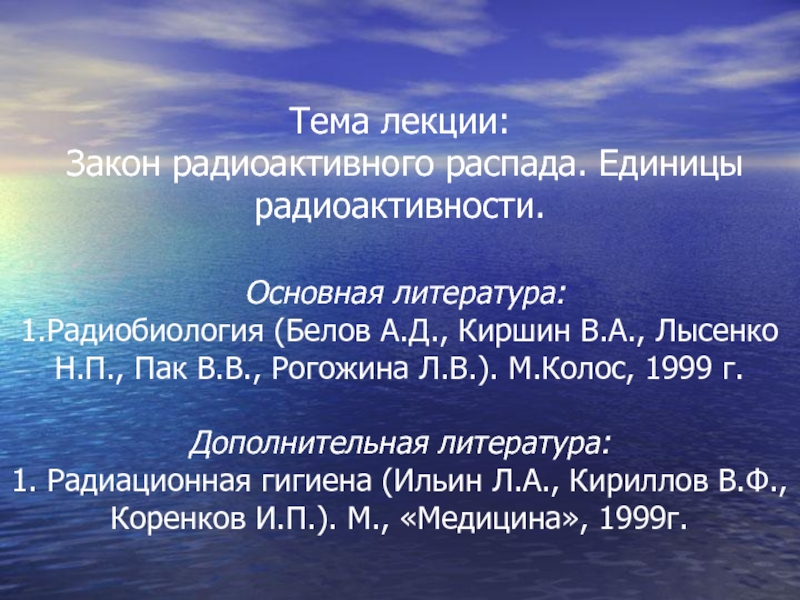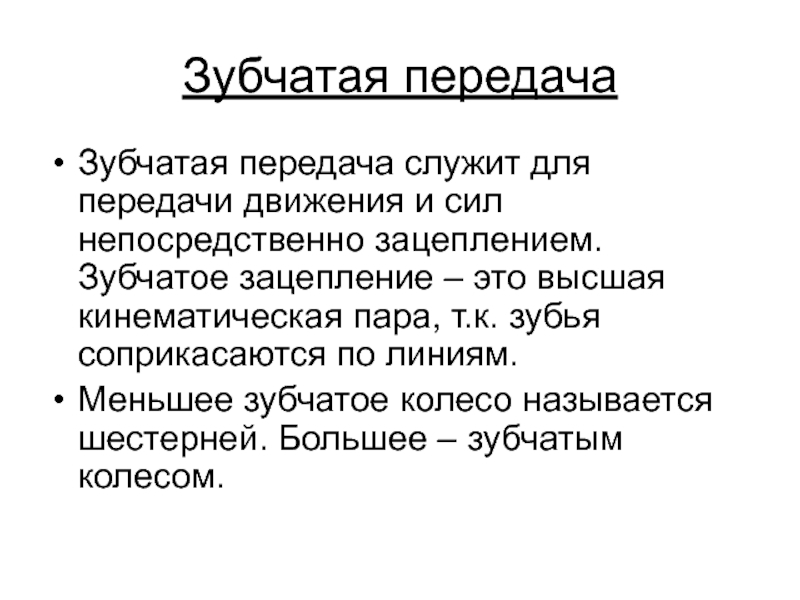- Главная
- Разное
- Дизайн
- Бизнес и предпринимательство
- Аналитика
- Образование
- Развлечения
- Красота и здоровье
- Финансы
- Государство
- Путешествия
- Спорт
- Недвижимость
- Армия
- Графика
- Культурология
- Еда и кулинария
- Лингвистика
- Английский язык
- Астрономия
- Алгебра
- Биология
- География
- Детские презентации
- Информатика
- История
- Литература
- Маркетинг
- Математика
- Медицина
- Менеджмент
- Музыка
- МХК
- Немецкий язык
- ОБЖ
- Обществознание
- Окружающий мир
- Педагогика
- Русский язык
- Технология
- Физика
- Философия
- Химия
- Шаблоны, картинки для презентаций
- Экология
- Экономика
- Юриспруденция
Jets in flight презентация
Содержание
- 1. Jets in flight
- 2. Designing a Navy Jet Fighter
- 3. Lesson Objectives Understand the Engineering Design Process
- 4. Navy Aviation
- 5. Lesson Goal Apply the principles of flight
- 6. Lesson Organization Part 1: Understanding and applying
- 8. Vital for Flight
- 10. Part 1: The Principles of Flight Forces
- 12. Flight is achieved by shifting the balance between the opposing forces
- 13. Thrust is produced in one of two
- 14. Lift is the upward force created as
- 15. Bernoulli’s Principle: 1. Fast moving air at
- 16. Bernoulli’s Principle: 2. Slow moving air along
- 17. Bernoulli’s Principle: 3. The difference in pressure creates the force of lift
- 18. Lift Momentum: additional upward force is generated
- 19. Lift Formula FL- Force of lift r
- 20. Lift Formula Scenario 1: The total wing
- 21. Lift Formula Scenario 2: Suppose the F/A-18C
- 22. Resources http://www.av8n.com/how/htm/4forces.html http://www.aerotraining.com/reference/AC%2061-23C_Chapter_1_Canada.pdf http://www.grc.nasa.gov/WWW/k-12/BGA/Sheri/the_lift_equation_act.htm http://www.fighter-planes.com/info/f18.ht http://www.grc.nasa.gov/WWW/K-12/airplane/foil2.html
- 23. Part 2: Designing a Prototype You are
- 24. Resources List 1 large foam meat tray
- 26. Step 1: Identify the Problem Create a
- 27. Step 2: Identify Criteria and Constraints Fly
- 28. Complete the remaining steps of the engineering
Слайд 3Lesson Objectives
Understand the Engineering Design Process
Comprehend the basic principles of flight
Apply
the Engineering Design Process to aircraft design
Слайд 5Lesson Goal
Apply the principles of flight and the engineering design process
to design and construct a model of a Navy jet fighter.
Слайд 6Lesson Organization
Part 1: Understanding and applying the basic principles of flight
Part
2: Building a working prototype of a Navy jet fighter
Слайд 10Part 1: The Principles of Flight
Forces acting on an aircraft in
flight
Thrust: the force that propels an aircraft forward
Drag: air resistance that produces a force in the opposite direction of thrust
Weight: gravitational force
Lift: upward force acting in the opposite direction of weight
Thrust: the force that propels an aircraft forward
Drag: air resistance that produces a force in the opposite direction of thrust
Weight: gravitational force
Lift: upward force acting in the opposite direction of weight
Слайд 13Thrust is produced in one of two ways:
Transfer of momentum when
gases are ejected to the rear of the plane through jet engines
Launching a plane with a catapult from the deck of an aircraft carrier
Launching a plane with a catapult from the deck of an aircraft carrier
Слайд 15Bernoulli’s Principle:
1. Fast moving air at the top edge of the
wing creates a zone of low pressure
Слайд 16Bernoulli’s Principle:
2. Slow moving air along the bottom edge of the
wing has the same pressure as the air at the front of the wing (Ambient Pressure)
Слайд 18Lift Momentum: additional upward force is generated incoming air deflects off
the bottom of the wing and transfers momentum to the wing
Слайд 19Lift Formula
FL- Force of lift
r - Density of air
v - Velocity
A - Total area of wings
Cl – Coefficient of lift
FL = ½ ρ v2 Cl A
Слайд 20Lift Formula
Scenario 1:
The total wing area on an F/A-18A is 409
ft2. What is the total lift force exerted on the aircraft while it flies at 1027 ft/s (700 mi/hr) in air of density .00254 sl/ft3 (.0817 lb/ft3) and the lift coefficient of 1.8?
FL = ½ ρ v2 Cl A
Слайд 21Lift Formula
Scenario 2:
Suppose the F/A-18C is flying at gross weight 51890
lb (23,537 kg). Given Cl of 1.00, wing area of 409 ft2, and air density of .00254 sl/ft3 (.0817 lb/ft3), at what speed must it fly in order to maintain its level of flight?
FL = ½ ρ v2 Cl A
Слайд 22Resources
http://www.av8n.com/how/htm/4forces.html
http://www.aerotraining.com/reference/AC%2061-23C_Chapter_1_Canada.pdf
http://www.grc.nasa.gov/WWW/k-12/BGA/Sheri/the_lift_equation_act.htm
http://www.fighter-planes.com/info/f18.ht
http://www.grc.nasa.gov/WWW/K-12/airplane/foil2.html
Слайд 23Part 2: Designing a Prototype
You are an engineer tasked with building
a model (prototype) of a small, lightweight aircraft that can carry a small camera (10-25 grams). The Navy plans to use this model in covert operations to collect intelligence. Naval Operations specifications require you to design a catapult to launch the prototype which must fly a minimum horizontal distance of 100 feet while remaining airborne for a minimum of 15 seconds. You may use only approved materials provided by the Navy as described in the Resources List. Maintain a record of your design process in a journal for post-Design assessment.
Слайд 24Resources List
1 large foam meat tray per student (unused)
1-2 foam
plates per student
1 glue gun per 3 students (with glue sticks)
2-3 bamboo skewers per student
1 roll of scotch tape per 3 students
1 dowel rod per 4 students (cut in halves or quarters)
1 Office Store Rubber Band per student
1 pair of scissors per 2 students (or retractable carpet razors)
1 ruler per 2 students
1 cardboard sealed container per student (ex: Eggo, ½ gallon milk) cleaned.
1 hammer per class
Small glob of clay per student
Weights: 10 to 25 grams per group
1 glue gun per 3 students (with glue sticks)
2-3 bamboo skewers per student
1 roll of scotch tape per 3 students
1 dowel rod per 4 students (cut in halves or quarters)
1 Office Store Rubber Band per student
1 pair of scissors per 2 students (or retractable carpet razors)
1 ruler per 2 students
1 cardboard sealed container per student (ex: Eggo, ½ gallon milk) cleaned.
1 hammer per class
Small glob of clay per student
Weights: 10 to 25 grams per group
Слайд 26Step 1: Identify the Problem
Create a small, lightweight model aircraft that
can carry a small camera (10-25 grams) to collect intelligence information for the Navy.
Слайд 27Step 2: Identify Criteria and Constraints
Fly at least 100 feet horizontally
Maintain
flight for at least 15 seconds
Construct a catapult device
Others?
Construct a catapult device
Others?
Слайд 28Complete the remaining steps of the engineering design process and demonstrate
how your prototype meets the Navy’s specifications.
